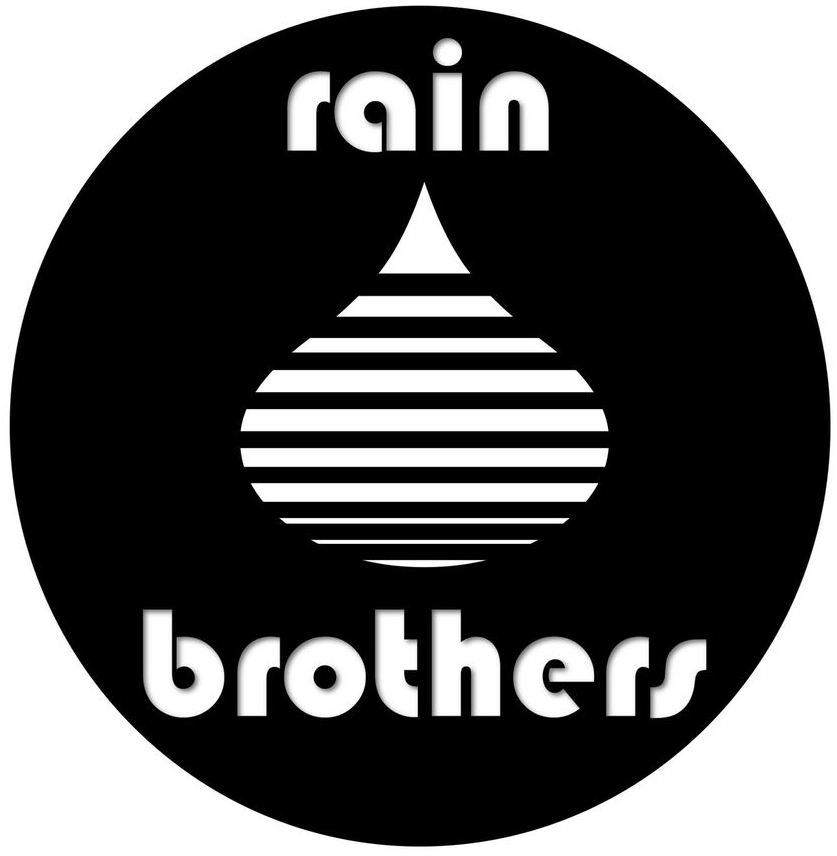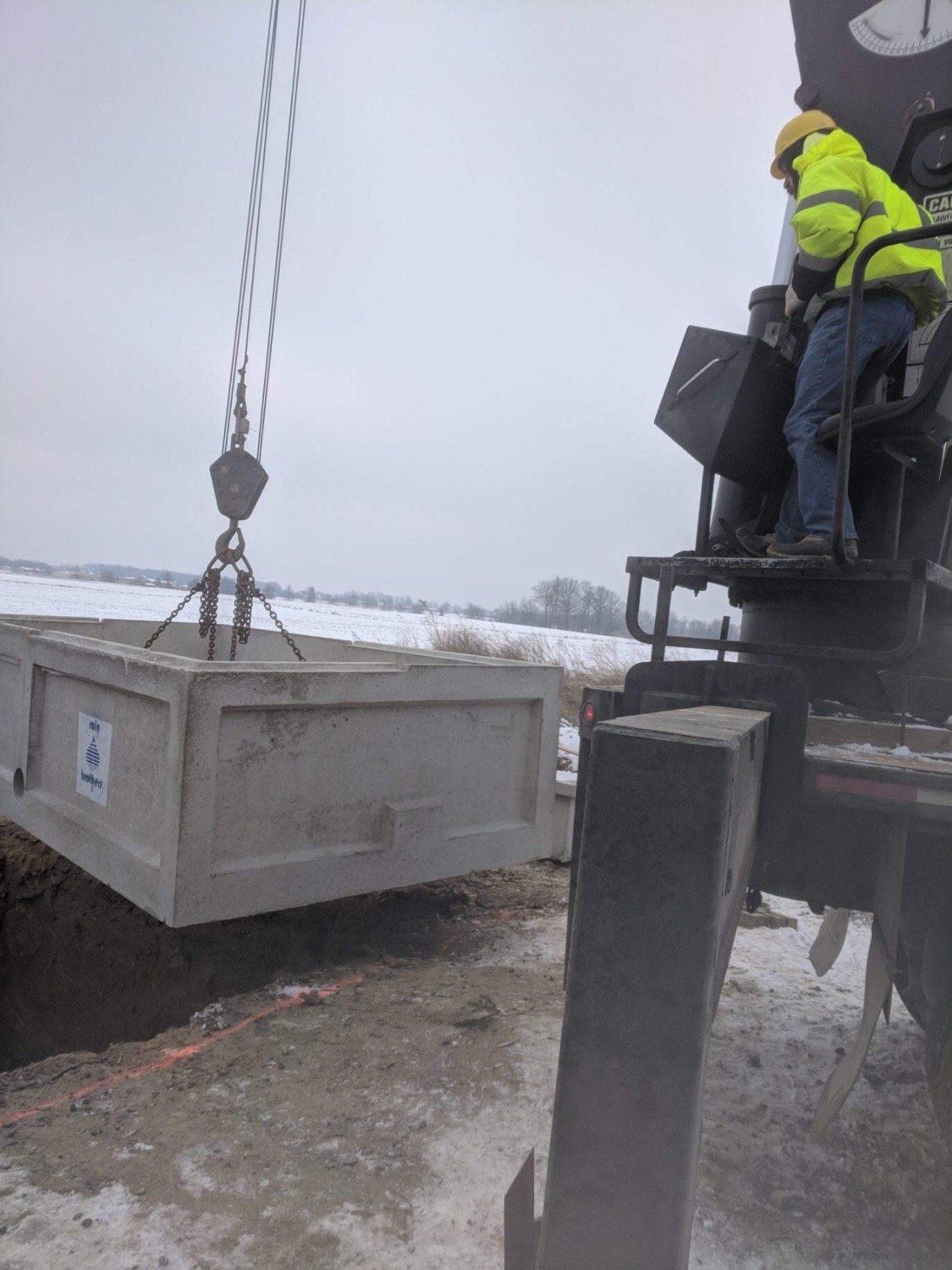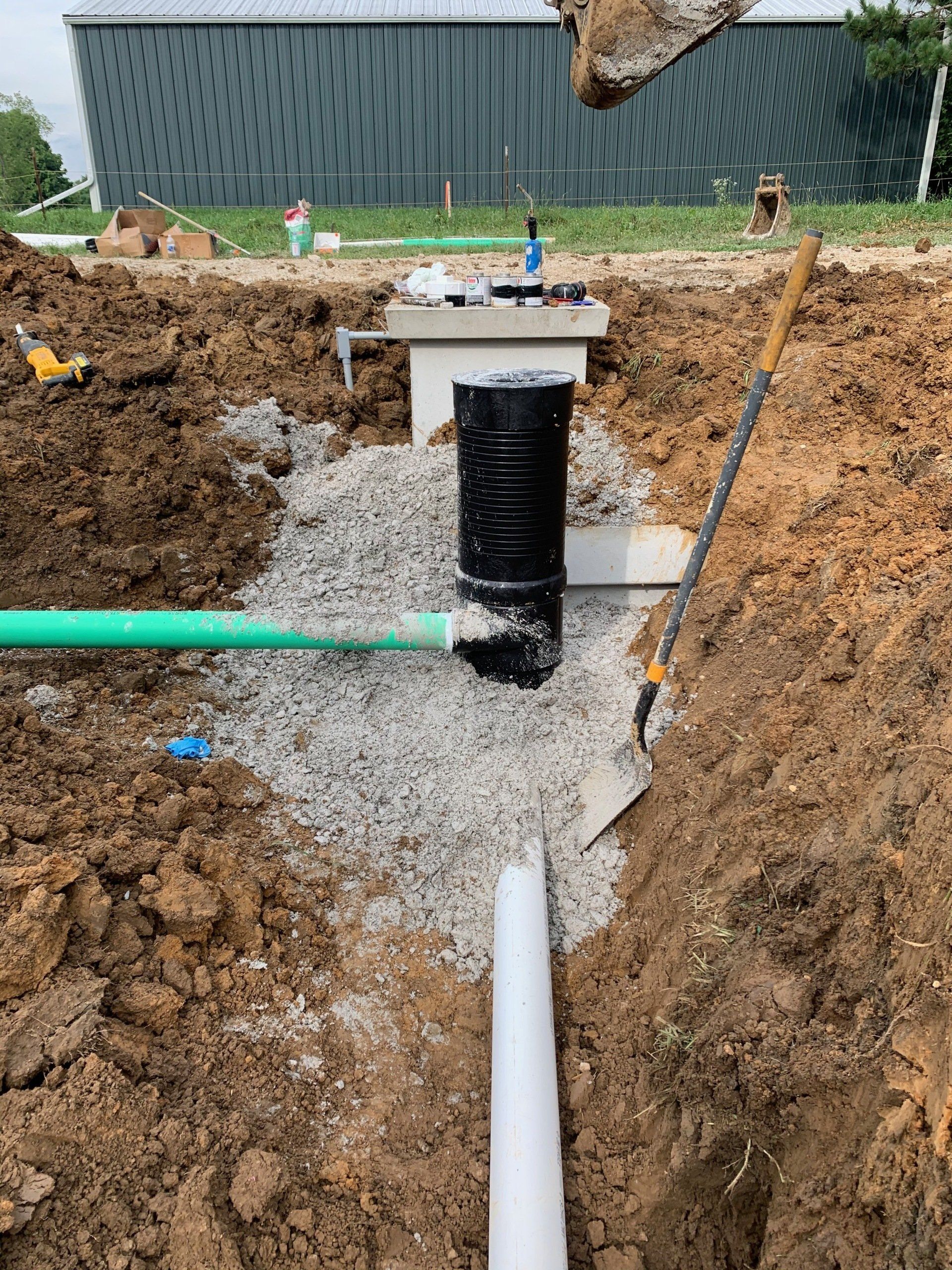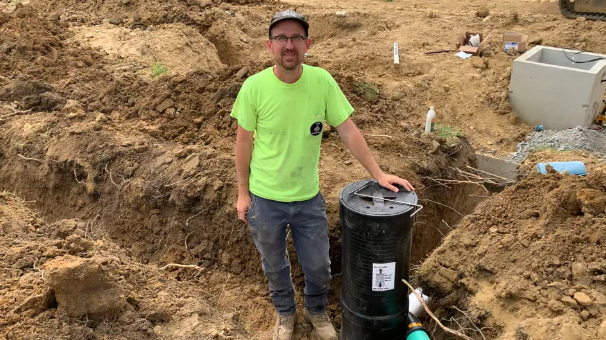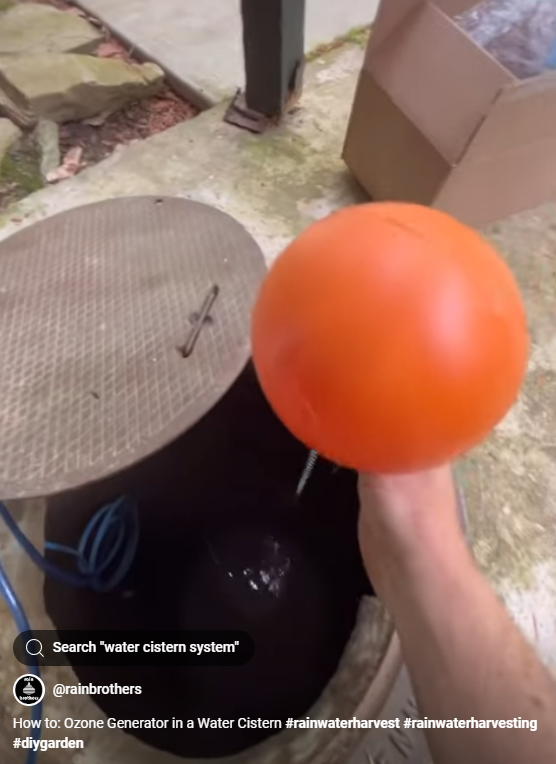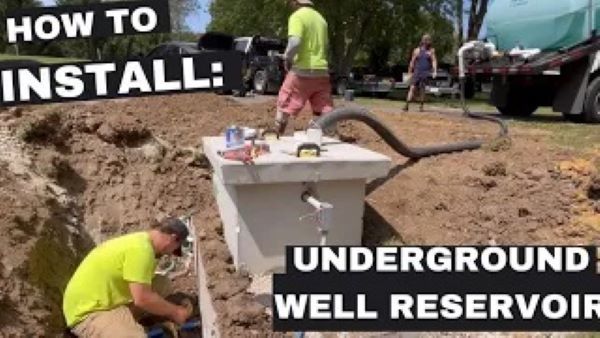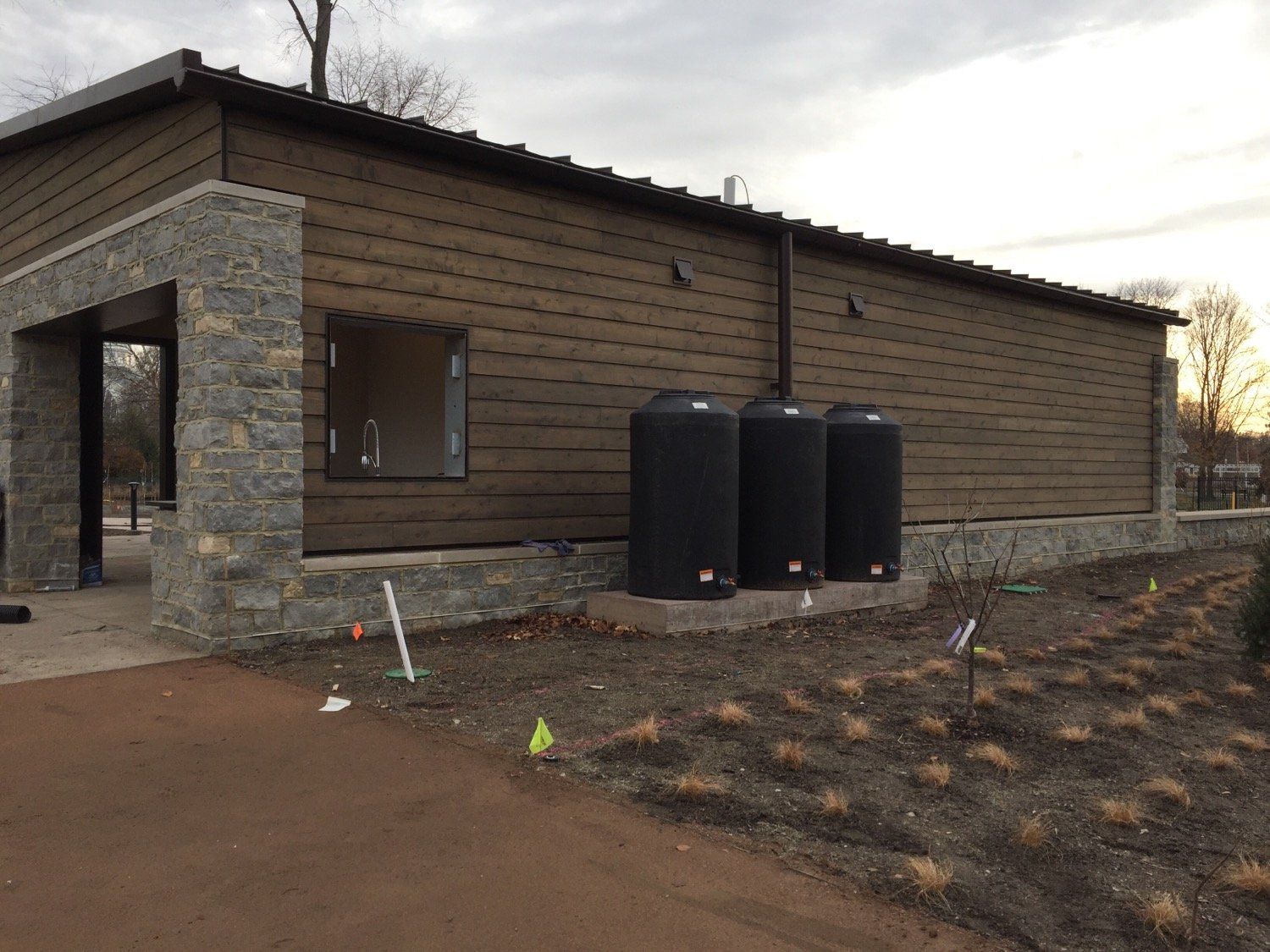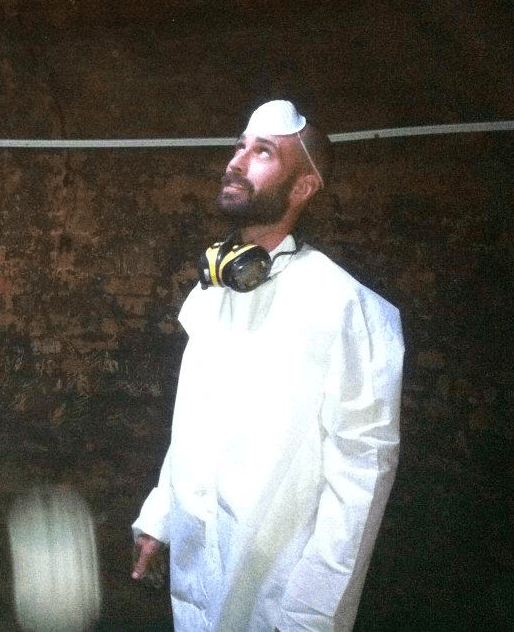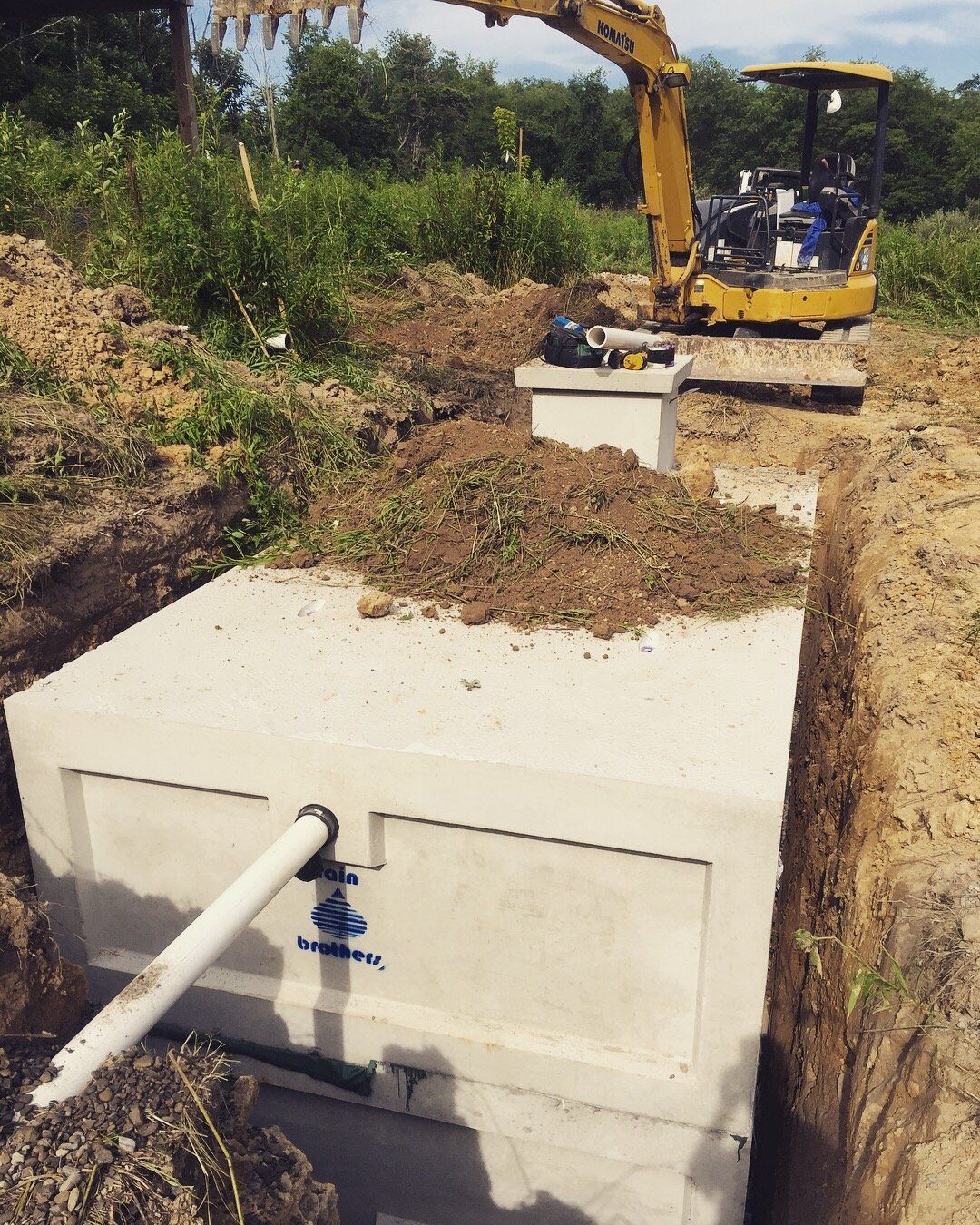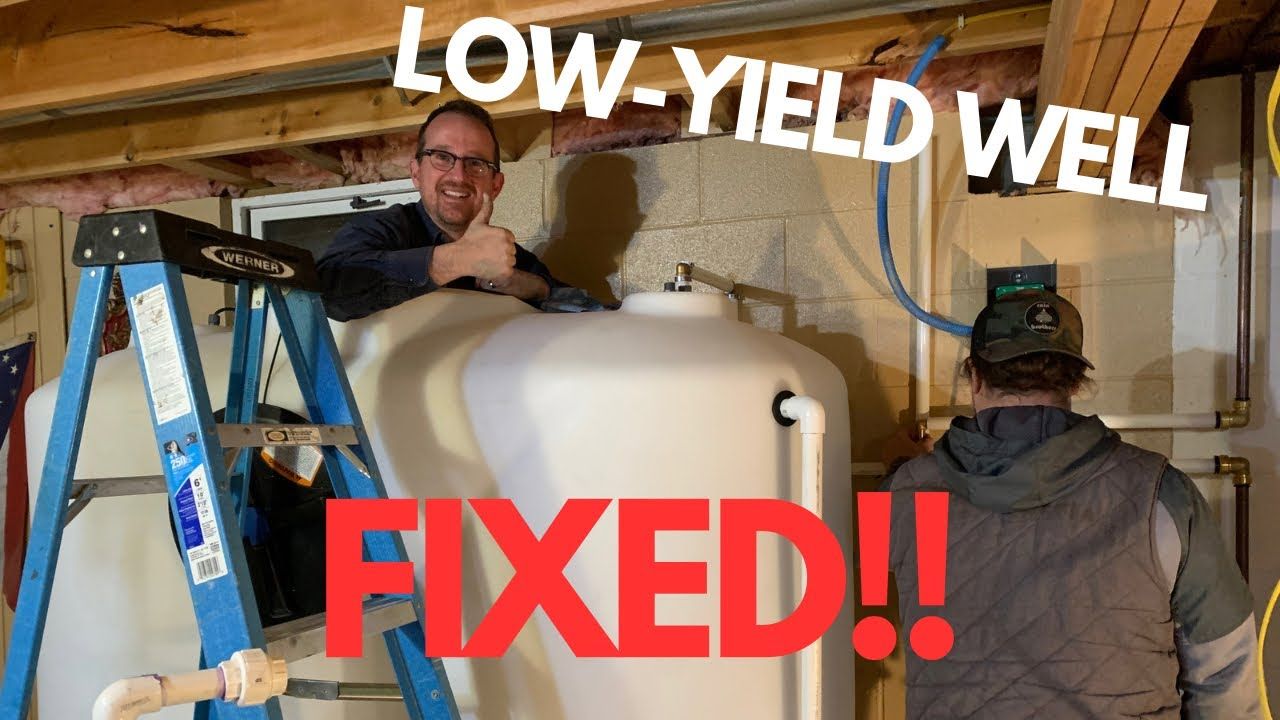Underground Concrete Cisterns: Pros and Cons
We have installed a lot of underground water tanks over the years. You name it, we've installed it. Some systems we like, and others... well...
We try to be as objective as possible with all of our assessments of rain systems and system components. In the interest of full disclosure, I will say that we sell our own line of precast concrete tanks. But we don't hype up concrete tanks to try to make a sale. Quite the contrary, we sell concrete tanks because, when cast with high standards, they are hands down the best water storage option available. Don't believe us? Keep in mind that we also sell plastic underground cisterns, but we rarely recommend them even though they are more expensive per gallon. See our Plastic Tanks: Pros and Cons article here for more information.
In our experience, these are the pros and cons of precast concrete tanks.
ADVANTAGES:
*Long life. I can't tell you how many times we've cleaned out 50+ year-old concrete tanks, and they're still as good as new.
*Functional. Unlike plastic tanks, you can drive a mower across a concrete tank without concern
*Easily reparable. If the tank is cast correctly, you'll never have to replace it.
*Load bearing capabilities. Concrete tanks can be made to support traffic loads (i.e., can be put under driveways or parking lots)
*Improved water quality. I know this sounds far-fetched, but I swear it's true: concrete walls tend to neutralize rainwater’s acidity for a more balanced pH
*Inexpensive. Concrete systems are usually the least expensive option
*Accessible and cleanable. Unlike plastic tanks, concrete tanks can be pumped all the way dry for cleaning
*Recyclable. If necessary, concrete tanks can be broken up and brought to a recycling facility where the concrete can then be pulverized into fill material.
DISADVANTAGES:
*Heavy equipment needed for installation. I cannot stress this enough: You must have good access to your home site to be able to set a concrete tank
*Availability. Precast concrete cisterns are not widely available in the U.S., so make sure to go with a vendor that specializes in them (i.e., don’t just make a septic tank work for your application)
*Resource heavy. I would be remiss if I did not mention that concrete -- and, particularly, Portland cement (an ingredient in concrete) -- has a high carbon footprint.
*pH effect of new concrete. Generally should not drink water from the first three fill/empty cycles of a new concrete tank (new concrete will elevate pH initially). After that, though, the water pH neutralizes quickly. For more information on this, see our article on Concrete Cistern pH
